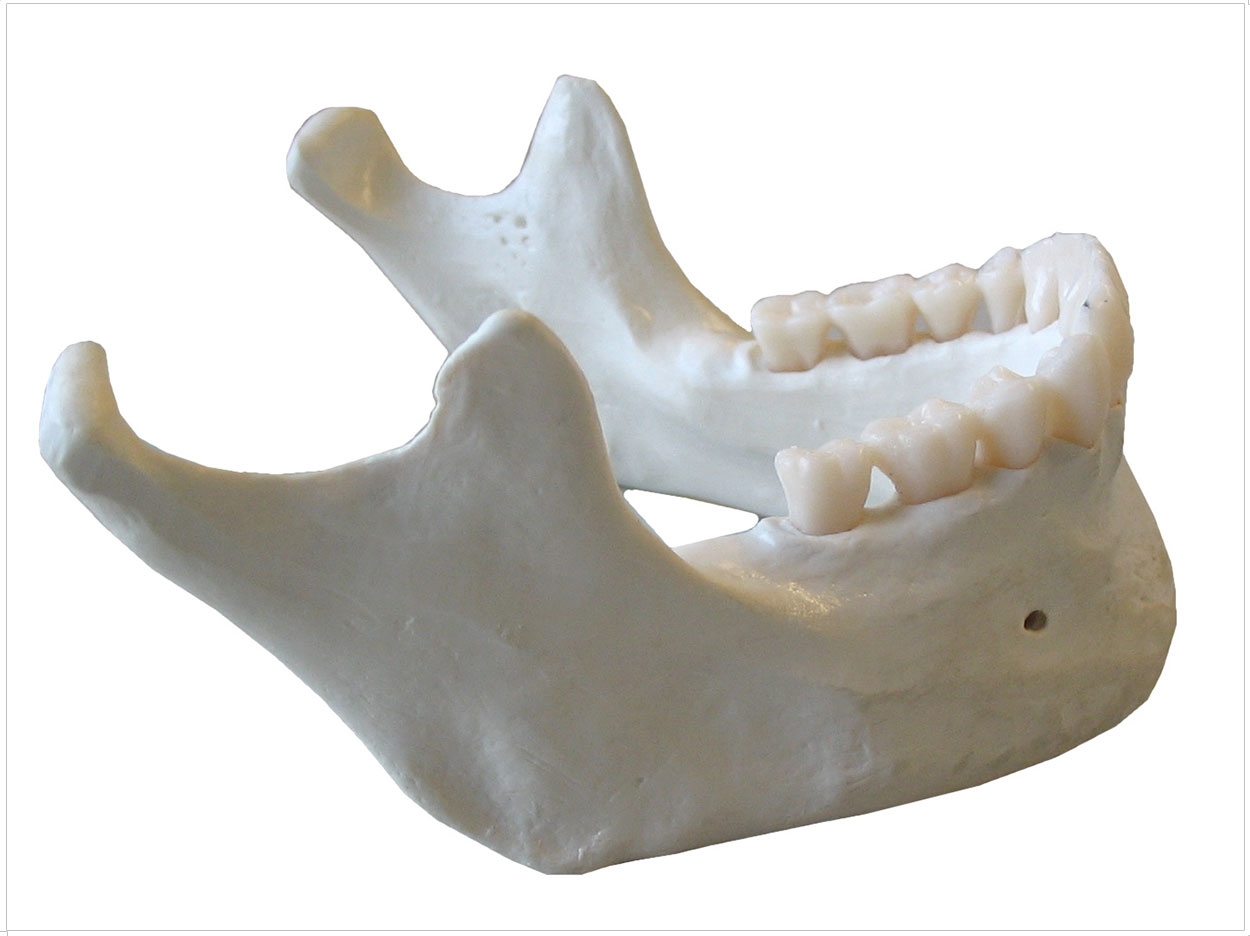
Bone loss is the ultimate and unfortunate result of many oral illnesses. Yet researchers at the University of California, Los Angeles (UCLA), have discovered a protein combination that could significantly improve bone restoration and lead to effective therapies for bone loss as well as skeletal defects and osteoporosis.
Current treatments for bone skeletal defects use bone morphogenetic protein-2 (BMP2). The high concentrations of BMP2 necessary to induce human bone formation may have serious side effects, though, including life-threatening cervical swelling and abnormal and inconsistent bone growth.
So, the UCLA team combined BMP2 with NELL-1, another protein that has successfully increased bone formation and stimulated key factors for bone growth in multiple preclinical models. The combination increased bone formation while inhibiting the formation of fat cells.
Typically, BMP2 encourages stem cells to form both bone and fat cells. However, NELL-1 encourages stem cells to form bone cells instead of fat cells. The combination, then, stimulates bone production more dramatically than either protein does alone.
“The combination of NELL-1 and BMP2 resulted in improved safety and efficacy of bone regeneration in animal models, and may, one day, offer patients significantly better bone healing,” said Dr. Kang Ting, leader of the study and professor and chair of the orthodontics section at the UCLA School of Dentistry.
NELL-1 activates the cellular signaling pathway that regulates whether a stem cell differentiates into a bone or fat cell. BMP2, on the other hand, can induce non-bone cells to form bone, though there is the potential for ectopic bone growth. Together, BMP2 helps turn non-bone cells into bone-forming cells, and NELL-1 then increases their bone forming ability.
The researchers believe the combination could significantly improve the safety and efficacy of present bone regeneration options. They also believe it could be especially valuable in healing local bone defects in patients with osteoporosis or who are taking medications such as steroids that can inhibit bone growth.
The study, “Novel Wnt Regulator NEL-Like Molecule-1 Antagonizes Adipogenesis and Augments Osteogenesis Induced by Bone Morphogenetic Protein 2,” was published by The American Journal of Pathology.
Related Articles
Therapy Regenerates Bone Without Adding Cells
NIDCR Grants Launch Tissue Regeneration Centers
Root Regeneration May Depend on Proteins












